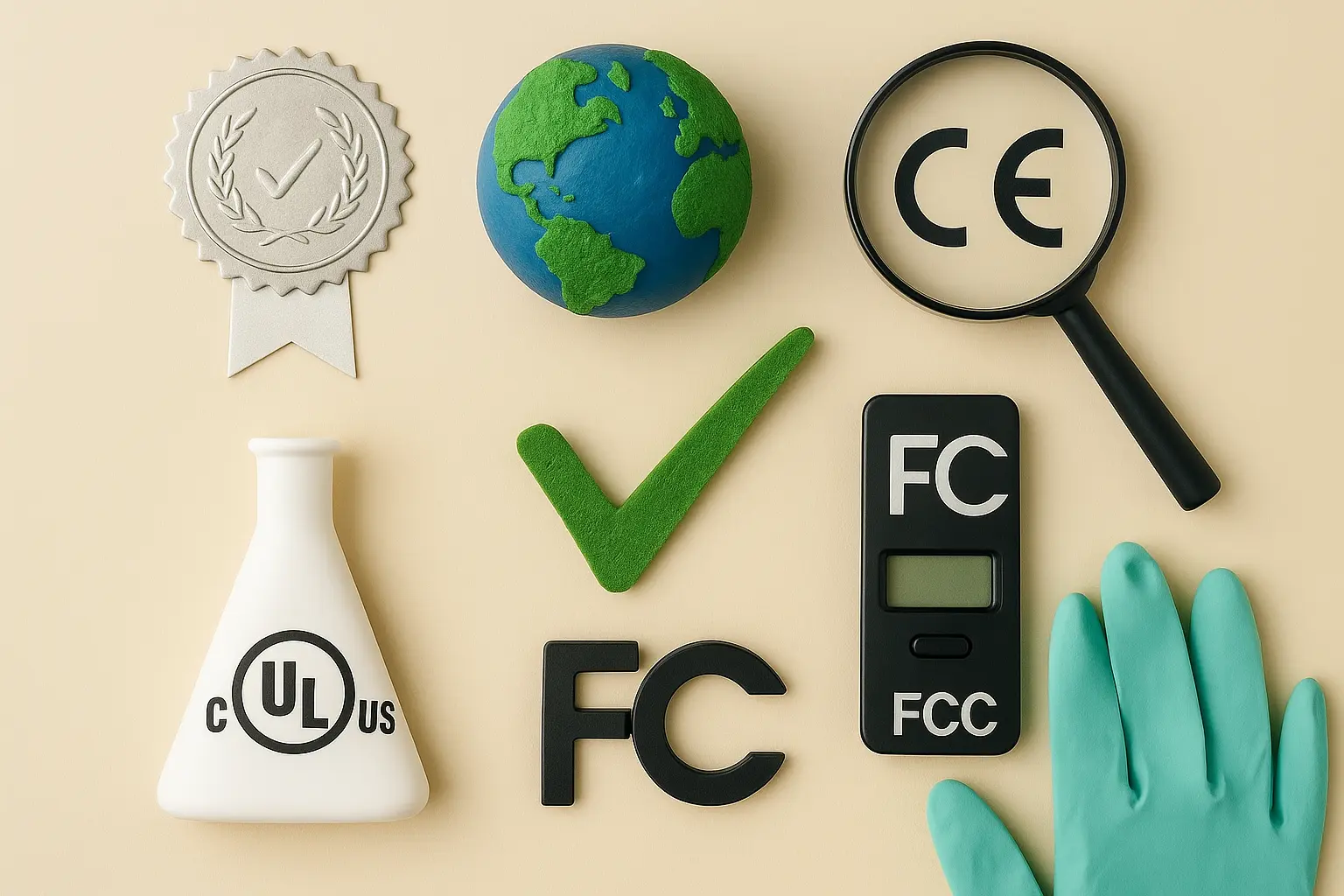Sprinkler System Certification
The certification of sprinkler systems is a critical aspect in ensuring public safety and compliance with local, national, and international standards. This service ensures that the design, installation, and performance of sprinklers meet stringent criteria set by regulatory bodies.
For quality managers and compliance officers, understanding the intricacies of this certification process can be overwhelming. In this section, we delve into the technical aspects required to achieve sprinkler system certification, focusing on the specific testing methodologies employed. Sprinkler systems are designed to provide immediate and effective fire suppression in various environments such as commercial buildings, industrial facilities, and residential areas. Proper certification guarantees that these systems function reliably when needed.
The process involves rigorous testing of different components including nozzles, piping, and control devices. Compliance officers must ensure that all elements comply with relevant standards like NFPA 13 (National Fire Protection Association) and ASME A12.1.1 (American Society of Mechanical Engineers). These standards outline detailed criteria for system design, installation procedures, and performance testing.
R&D engineers play a pivotal role in developing innovative solutions that enhance the efficiency and effectiveness of sprinkler systems. By staying abreast of advancements in technology and materials science, they can contribute to more resilient and efficient fire protection measures. The certification process not only evaluates existing products but also encourages continuous improvement through research and development.
For procurement professionals responsible for selecting suppliers who meet these stringent requirements, understanding the nuances of sprinkler system certification is essential. It allows them to make informed decisions about which vendors best align with their organization's needs regarding quality assurance and regulatory compliance.
Benefits
The benefits of obtaining sprinkler system certification extend beyond mere compliance; they encompass enhanced safety, improved reputation, and potential cost savings. Here are some key advantages:
- Increased Safety: Certified systems offer peace of mind by ensuring that fire suppression capabilities meet or exceed industry benchmarks.
- Better Reputation: Organizations with certified products often gain trust from clients and stakeholders due to higher perceived reliability.
- Potential Cost Savings: While certification may involve initial investment, it can lead to long-term savings through reduced maintenance costs and liability risks.
In summary, achieving sprinkler system certification provides tangible benefits across multiple dimensions, making it an indispensable part of any organization's quality assurance strategy.
Industry Applications
Sprinkler systems have diverse applications across various sectors. Here are some notable areas:
- Commercial Buildings: Ensuring compliance in high occupancy structures minimizes risk during emergencies.
- Industrial Facilities: Protecting complex operations from potential disruptions caused by fires.
- Residential Areas: Providing essential protection for homes and communities against fire hazards.
Each application requires tailored assessments based on unique environmental factors. This flexibility makes the certification process adaptable to meet specific needs across different industries.
Quality and Reliability Assurance
The path to achieving sprinkler system certification involves several key steps aimed at ensuring quality and reliability:
- Initial Review: Conducting a comprehensive evaluation of the design plans against established standards.
- Component Testing: Performing detailed examinations on individual parts such as nozzles, pipes, and valves to ensure they meet performance expectations.
- System Integration: Testing complete assemblies under simulated fire conditions to assess overall effectiveness.
- Final Audit: A thorough inspection conducted by accredited inspectors before issuing the certification.
Throughout this process, adherence to strict protocols ensures that every aspect of the sprinkler system is thoroughly examined and validated. This rigorous approach guarantees that certified systems are not only safe but also dependable in real-world scenarios.





